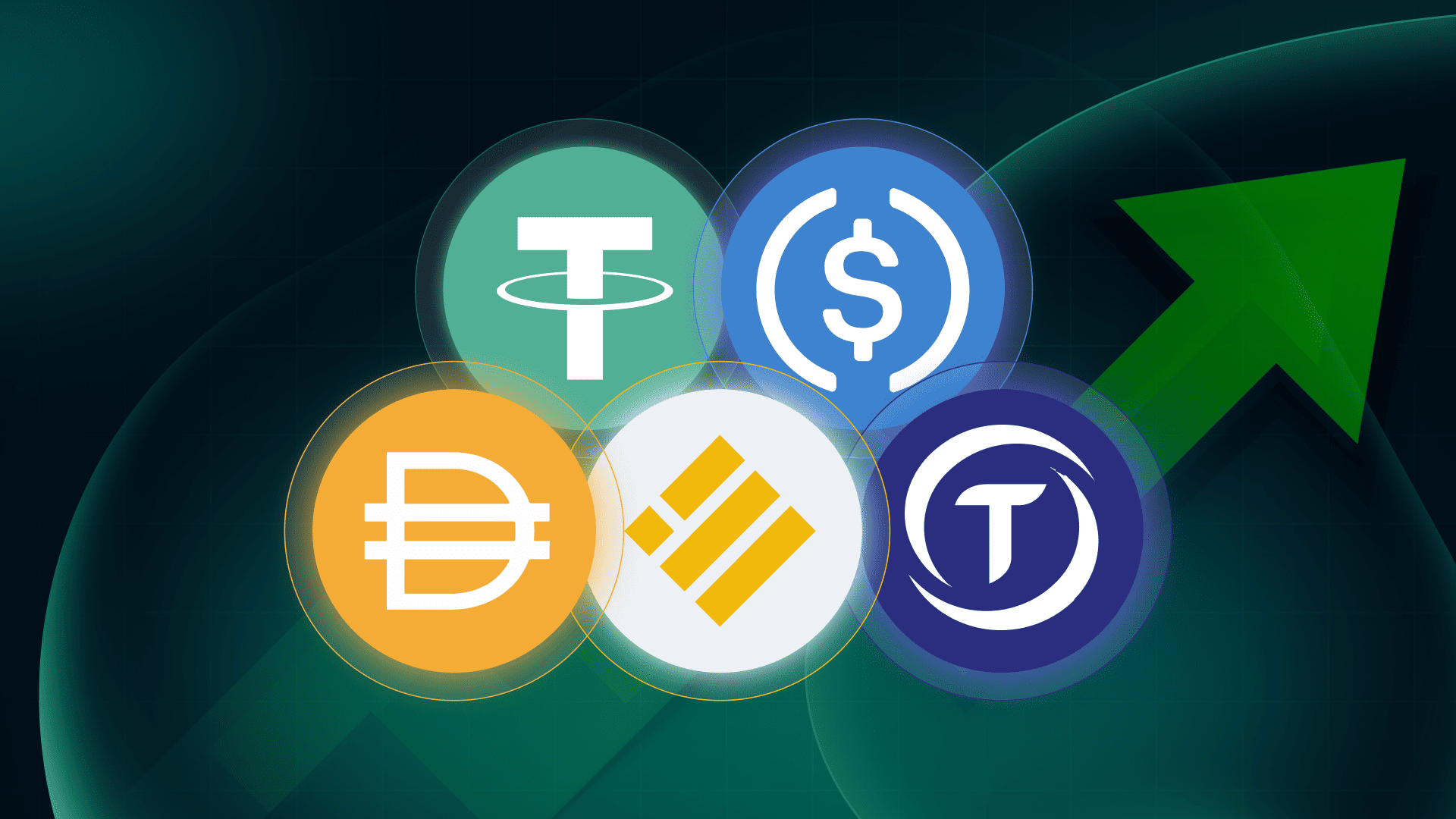Would you like to enhance the risk management and security of your investments in cryptocurrencies? Then, it would not be a bad idea to consider making investments in stablecoins. In this article, we have prepared a review of several stabilized coins based on factors such as security, liquidity, stability, and regulation.
We believe our selection of the best stablecoins will indeed be useful since they will allow you to hedge your investments against high volatility and make it easier to participate in DeFi ecosystems.
What Are Stablecoins?
Stablecoins are cryptocurrencies linked to fiat money to keep their value constant. One stablecoin is typically equal to one US dollar, which is how the relevant cryptocurrency purchasing power stays the same: the dollar remains strong.
A stablecoin’s single unit will always trade for one dollar. In this way, it is similar to other fiat money, making it less volatile. Its value is stable over time because the underlying natural asset does not vary that much.
Types of Stablecoins: Fiat-Backed, Crypto-Backed, Algorithmic
Stablecoins include a variety of crypto coins that are pegged to stable assets in various manners. These include:
- Fiat-backed stablecoins: Such currencies have a total reserve such as the United States dollar. This reserve is managed by third parties which are independent and regulated. Tether (USDT) and TrueUSD (TUSD) are two such cryptocurrencies.
- Crypto-collateralized stablecoins: Such financial instruments are secured by other cryptocurrencies which are usually tagged at a higher rate than necessary to offset the risk of price fluctuations. For instance, one such crypto token could be used to issue a single million dollar token backed by two million dollars worth of collateral.
- Algorithmic stablecoins: Such currencies will not have an asset reserve or will possess it intermittently. Their main purposes are to ensure that the values of these coins do not rise or fall rapidly by controlling their supply through smart contracts.
Criteria for Evaluating Stablecoins
In the world of crypto, stablecoins are a very useful form of cryptocurrency that provides value in various different currencies. Nevertheless, it is worth noting that not all stablecoins are equal. In order to “grade” their stability and reliability, one needs to have in-depth knowledge about a few important parameters. The following are the most important factors while assessing stablecoins.
Stability and Peg
On what assets a particular given stablecoin is based on and from what it draws value from. The main ways coins provide their fiat redeemability are through reserves such as government bonds, which are issued in amounts equal to the value of stablecoins in circulation. If the situation goes out of hand and the price of their token deviates too far, they may engage in arbitrage activities by selling the tokens. The typical stablecoin backup instruments include active market implementation, over-collateralization, or smart contracts-based solutions.
In order to evaluate the quality of any particular stablecoin, it is necessary to check these features. Furthermore, be sure to assess its effectiveness regarding any historical instances of slippage and the measures taken to restore the LTP.
Liquidity and Adoption
An important factor to look out for is an asset’s ability to quickly and easily be exchanged for other assets or fiat currencies without significant price impact. To ensure this, check if the stablecoin has a high market depth, substantial reserve assets, and integration into DeFi platforms.
Some of the coins with the best liquidity are USDT and USDC. This is because they maintain robust reserves held in fiat and other liquid assets, ensuring stability and market confidence.
On the other hand, the adoption ability of a stablecoin will be determined by its utility. For example, the use of the stablecoin in cross-border payments or offering lower and faster transactions
Security and Transparency
While a transparent reserve may sound safe for a stablecoin holder, it may not be necessarily good for its stability. A reserve with greater transparency can increase the risk of stablecoin instability if the holders believe that it is low or when the transaction costs of conversion to fiat are low.
As a crypto holder, go for stablecoins that offer high security, for example, those that are backed up twice like DAI. It is also best to go for the transparent stablecoins and know how to trade depending on the market changes.
Regulation and Compliance
Some of the common compliance regulations that every stablecoin issuer must comply with include:
- Know Your Customer (KYC) compliance: Every stablecoin issue must conduct due diligence and verify the identity of its customers to prevent the use of the institutions for criminal activity.
- Anti-money laundering (AML) and combating the financing of terrorism laws: Such regulations are to stop money laundering from occurring and to help identify, report, and block flows of funds used to finance terrorism.
- Source of funds: To prevent illicit fund transfers, these financial institutions must be able to determine, with reason, whether a customer’s source of funds is linked to criminal activity.
Other nations may also require the stablecoins issuer to report any suspicious activity, conduct fee disclosure, and allow the tracing of funds. However, this always varies by region and your finance provider.

Top Stablecoins to Watch in 2024
Below is a stablecoin market overview of the top performers in the industry.
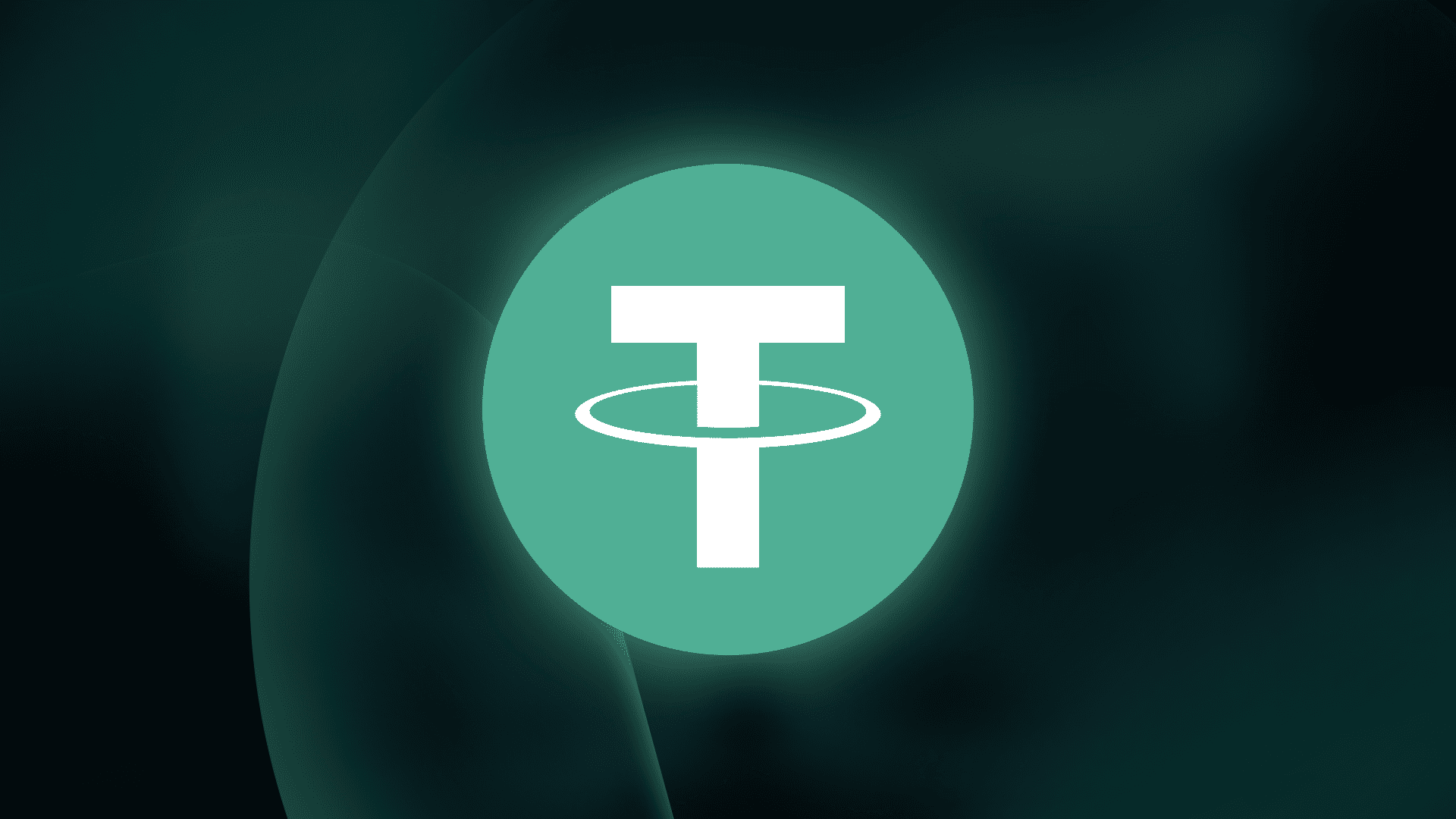
1. Tether (USDT)
Tether’s demand increases not only because it’s one of the most popular stablecoins, but also due to its stability and easy access. USDT is traded in many pairs thus making it easy to switch to or from other currencies. Tether is also utilized across multiple blockchains such as Ethereum, Tron, and Solana, which increases its use in a stablecoin volatile market.
Pros of Tether
- A high level of liquidity.
- Stability.
- Ease of accessibility.
Cons of Tether
- The adequacy of domestic reserves is scarce, and there are issues in transparency surrounding it.
- Tether acts as a single managed entity, and therefore it exposes itself to operational and governance risks.
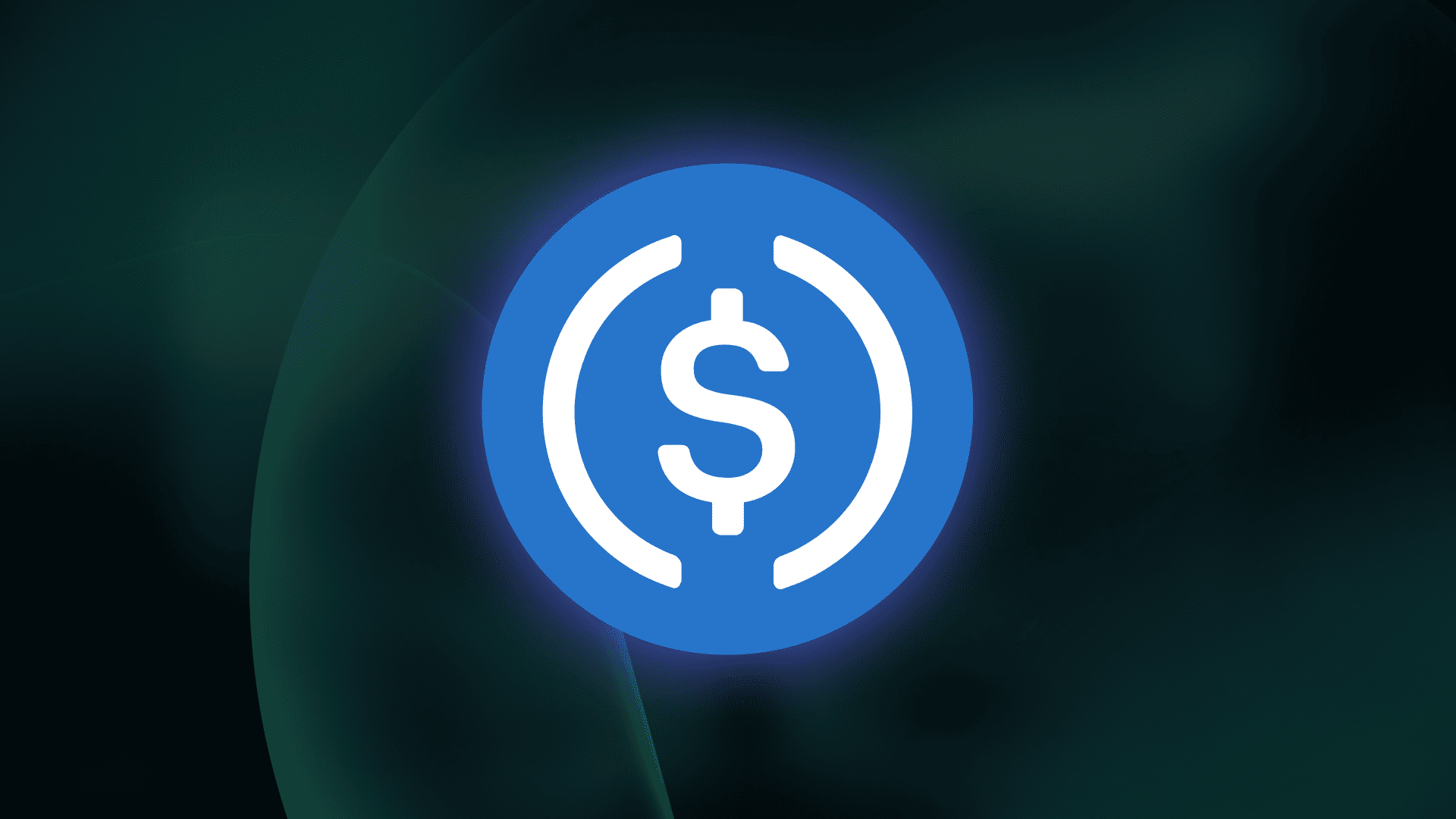
2. USD Coin (USDC)
USDC was launched in 2018 by the Centre Consortium. It is pegged to the US dollar at a 1:1 ratio, making it reliable for payments and hedging against volatility. The US dollars that back it are held in regulated financial institutions that are regularly audited by independent firms, ensuring stablecoin security and transparency.
Pros of USDC
- Regulatory compliance
- Regular audits
- Integration with DeFi since it is widely used in decentralized finance application
Cons USDC
- Compared to USDT, USDC has limited adoption
- It also faces centralization risks since it may face regulatory scrutiny
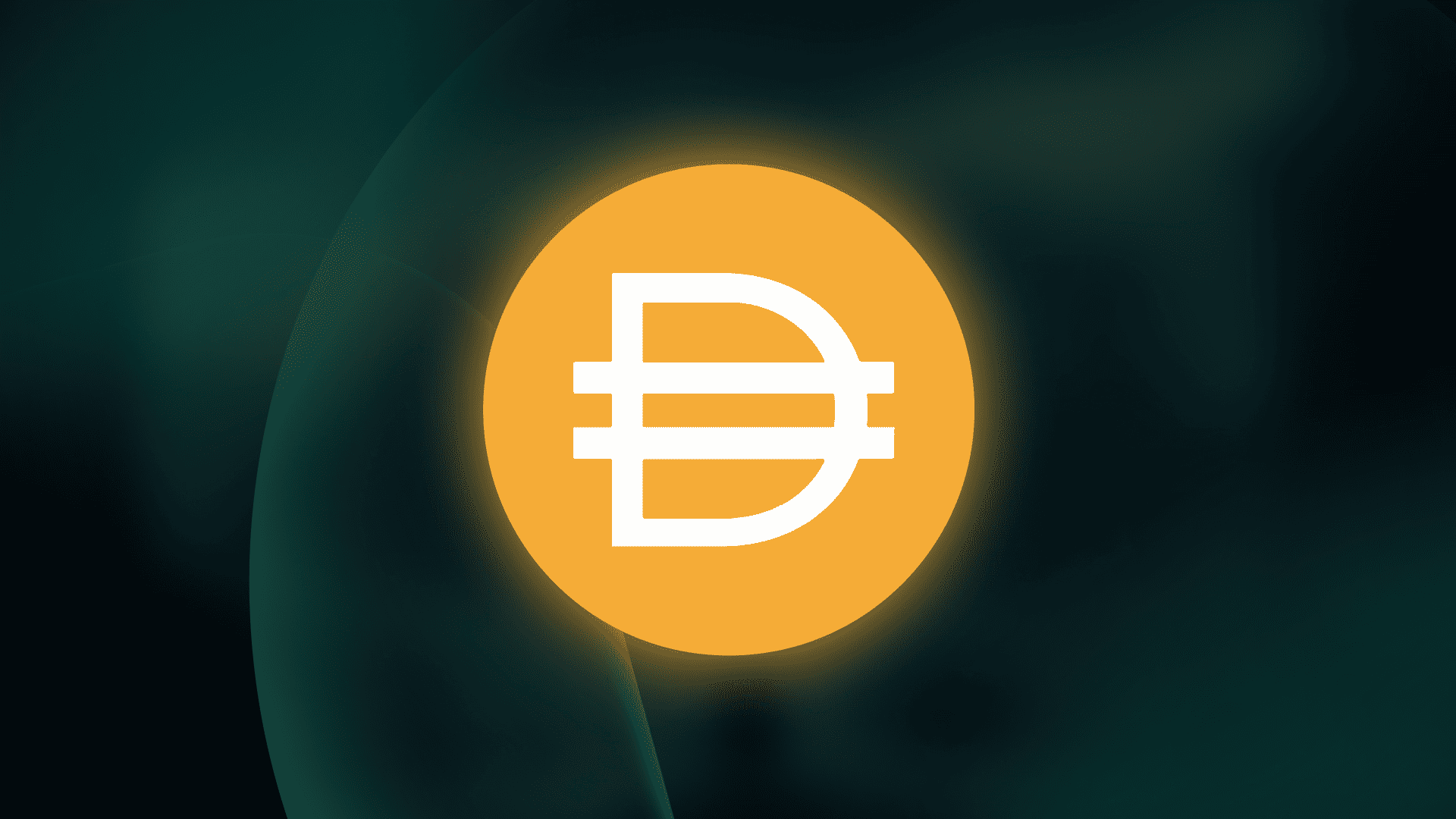
3. Dai (DAI)
DAI is a decentralized Stablecoin created by MakerDAO and maintains a soft peg to the US dollar. It is collateralized by various cryptocurrencies deposited into smart contracts on the Ethereum blockchain. DAI also uses algorithms to maintain its peg through collateralization and stability fees. When the value of collateral falls below a certain threshold, then its users risk having their assets liquidated.
Pros of DAI
- Decentralization
- Flexibility
- Integration with DeFi
Cons of DAI
- Face volatility risks
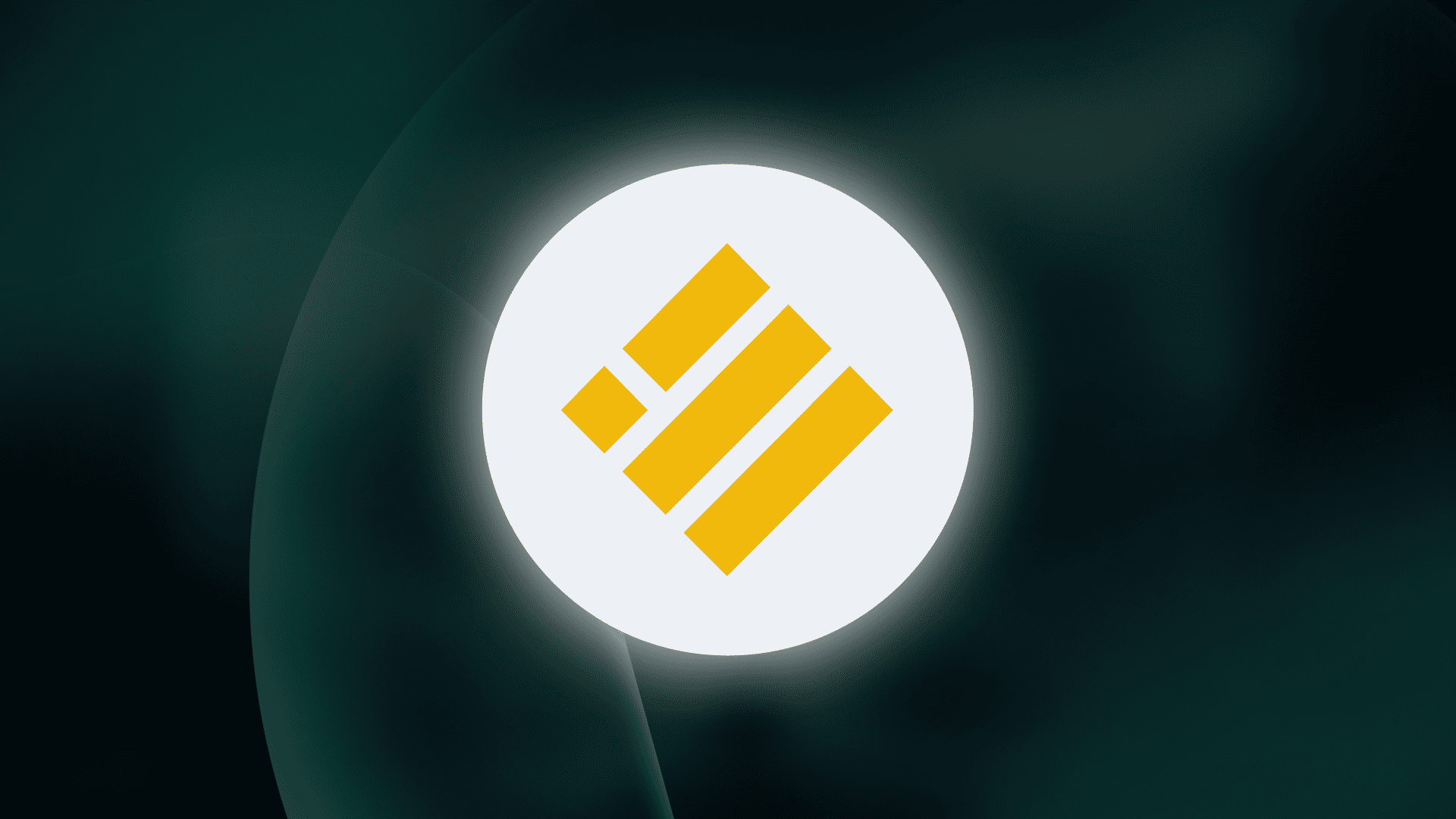
4. Binance USD (BUSD)
BUSD is a 2019 fiat-collateralized stablecoin that is pegged to the US dollar. BUSD is regulated by the New York State of Financial Services. This provides its users with confidence in stability and backing and makes it a transparent form of exchange. Being pegged to the US dollar and widely known, Binance has high liquidity and adoption.
Pros of BUSD
- Regulatory compliance
- Strong backing
- Integration with the finance ecosystem
Cons of BUSD
- It has been fined for money laundering
- Centralized control
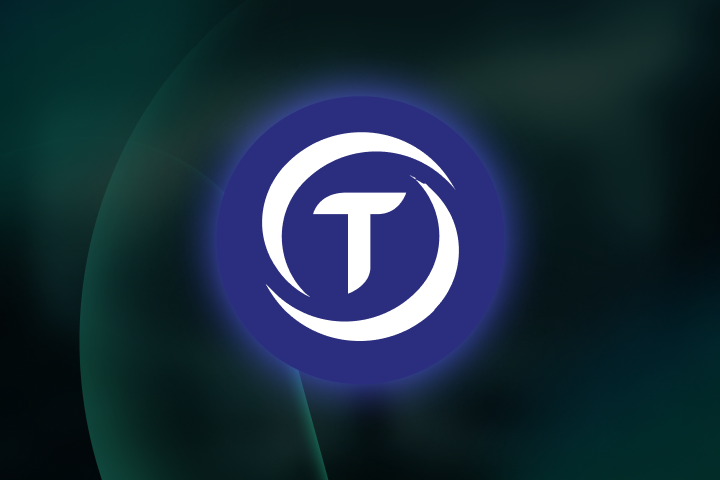
5. TrueUSD (TUSD)
TUSD is a US dollar-pegged stablecoin that provides transparent and reliable value stability. It maintains a 1:1 peg with the US dollar and is backed by the amount held in reserve. It is available on a major exchange like Binance, and OKX, and is integrated into various blockchain networks such as Ethereum, Tron, and BNB Chain. This made it a widely adopted form of exchange. TUSD also uses blockchain technology and smart contracts to manage its operations, making it secure and transparent.
Pros of TUSD
- Full collateralization
- Transparency
- Wide adoption
Cons of TUSD
- Faces regulatory scrutiny which could impact its operations
- Its reliance on centralized entities is a drawback to some
Comparing Top Stablecoins
Below is a direct comparison of the leading stablecoins in the industry.
| Stablecoins | Stability and peg | Liquidity and adoption | Security and transparency |
| USDT | Pegged 1:1 with USD and is issued by Tether Limited | Most widely used stablecoin and has high liquidity | Has controversies over reserve transparency |
| USDC | Fully backed by USD reserves, issued by Circle and Coinbase | High liquidity and widely accepted in crypto | Regular audits and strong regulatory compliance |
| DAI | Algorithmically stabilized, and backed by crypto assets | Widely used in DeFi and is available on many platforms | Transparent smart contacts and decentralized governance |
| BUSD | Pegged 1:1 with USD, issued by Binance and Paxos | High liquidity, and used in DeFi | Monthly audits, and is regulated by NYDFS |
| TUSD | Fully collateralized by USD reserves | Available on major exchanges, integrated into various financial systems | Regular third-party audits |
Choosing the Right Stablecoin for Your Needs
Choosing the right stablecoin depends on your specific needs. Here is a detailed look at the key points to look out for if you want stablecoin for crypto stability.
Investment and Trading: Best Stablecoins for Crypto Trading and Investing
Look for stablecoins with high liquidity and wide acceptance on the major exchanges. Some of the best stablecoins for trading and investments are USDFT, USDC, and BUSD. They are the ideal category due to their stability and ease of conversion.
DeFi and Payments: Stablecoins for DeFi Platforms and Transactions
DAI and USDC are popular choices for DeFi platforms and transactions. They offer good integration with various protocols, providing flexibility and utility in decentralized finance.
Security and Compliance: Considerations for Safe and Compliant Use
You must consider regulatory compliance when choosing a stablecoin. Prioritize this and follow applicable rules to reduce the chance of running into legal or operational problems in the future.
Future Trends in Stablecoins
The future of stablecoins market trends is inclined towards making it better. That is, through advanced stability and ensuring a wider adoption. Also, the stablecoins are expected to become more integrated with traditional financial systems, to facilitate faster, cheaper cross-border transactions. They are also expected to have an increased regulatory framework to ensure greater security and compliance. All these developments will enhance stability, security, and utility and promote stablecoin growth.
Conclusion
We hope this article has provided you with the necessary guidance to select the stablecoin that best suits your needs. As the crypto industry advances, you must watch these top performing stablecoins to help you navigate the financial market effectively.
FAQ
What factors should I consider when choosing a stablecoin?
How do different stablecoins maintain their value?
Are there any risks associated with using stablecoins?
